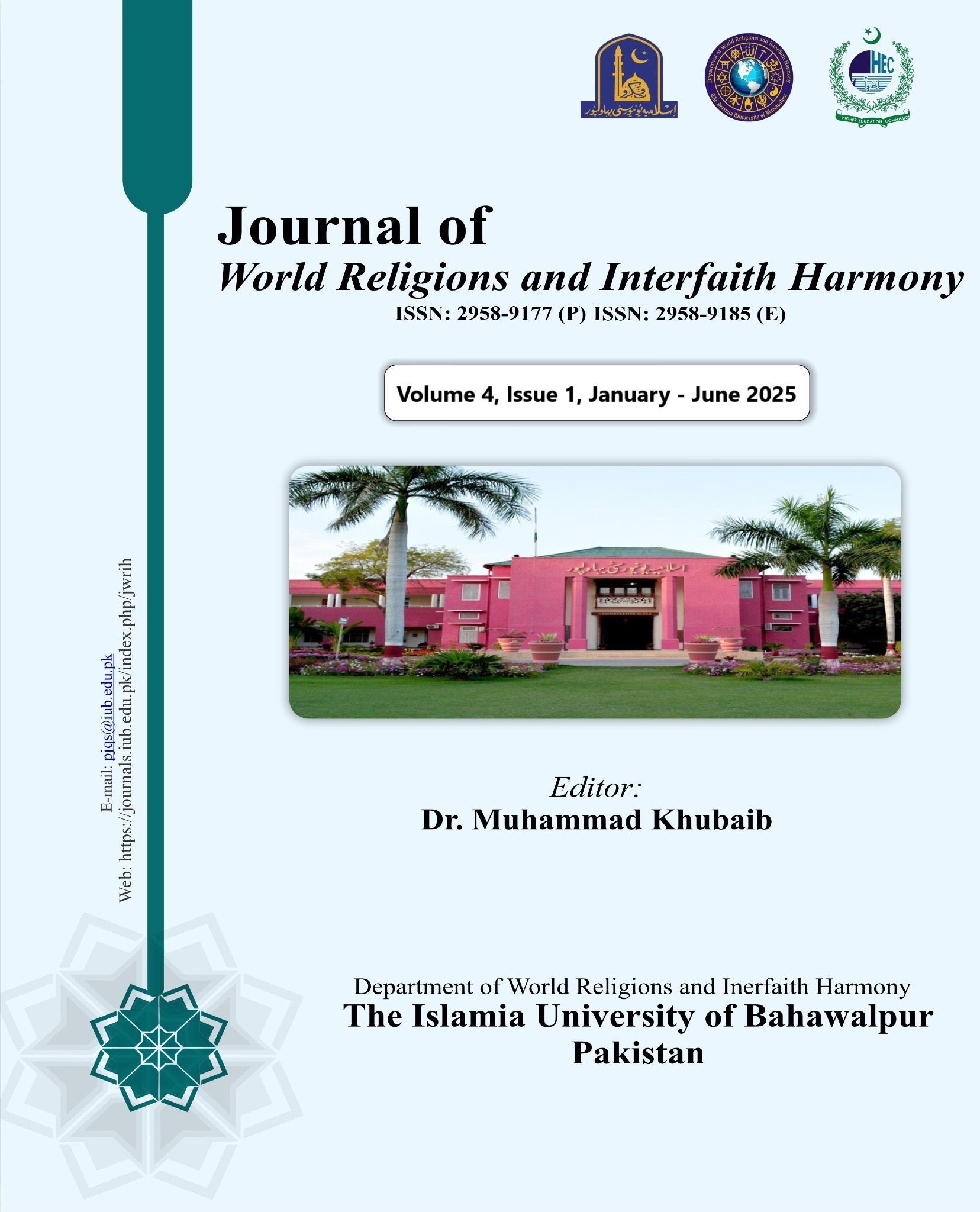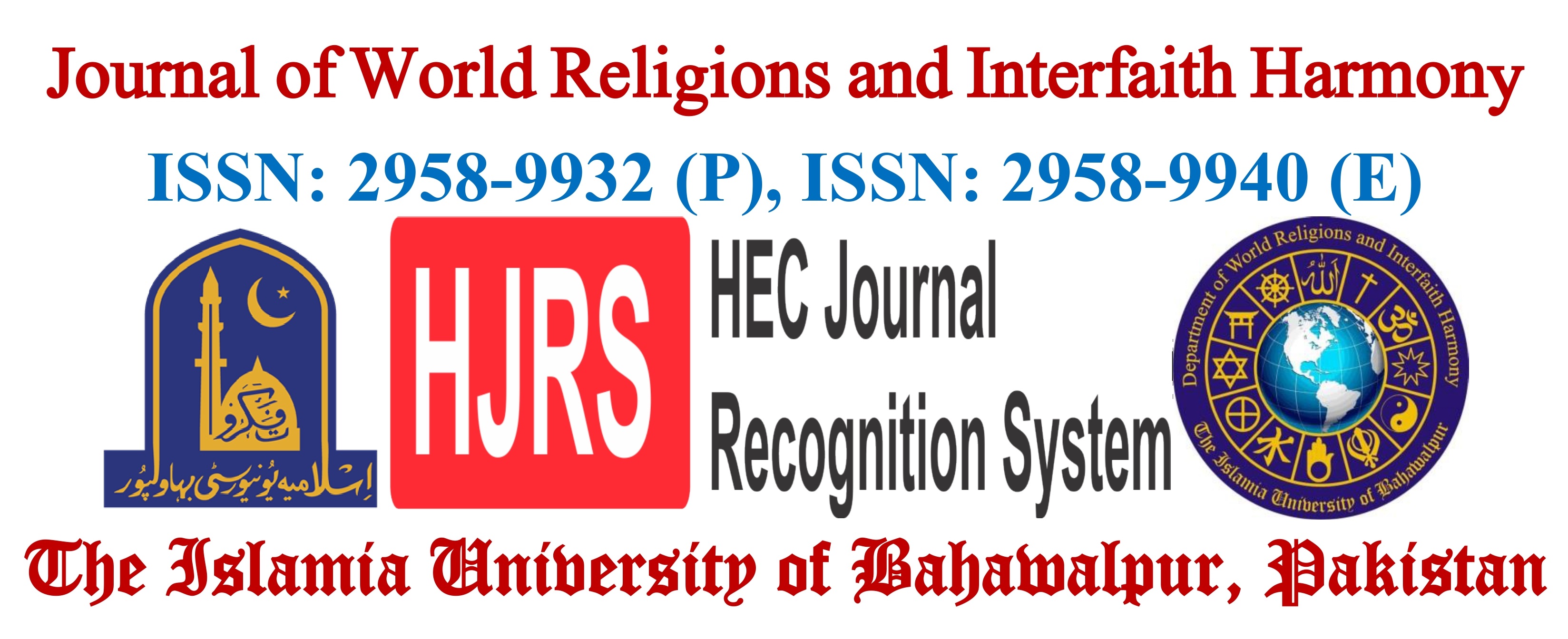Understanding Hinduism Through the Eyes of Al-Beruni: An Analysis of His Observations and Critiques in “Kitab fi Tahqiq ma li'l-Hind”
Keywords:
Al-Biruni, Edward C. Sachau, Comparative Religion, Hinduism, Investigations, ImpartialityAbstract
- Al-Beruni’s “Kitab fi Tahqiq ma li'l-Hind” (commonly known as Al-Beruni’s India) is a landmark text in cross-cultural studies, written in the early 11th century. The book offers an in-depth analysis of Indian society, particularly focusing on Hindu religious and philosophical thought. Al-Biruni’s work is distinguished by its meticulous approach, as he learned Sanskrit, engaged with local scholars, and studied key Hindu texts like the Vedas and Upanishads. Unlike many of his contemporaries, Al-Biruni approached his subject with an unusual degree of objectivity and respect, aiming to bridge intellectual gaps between Islamic and Hindu civilizations. His analysis includes a detailed study of Hindu cosmology, theology, and metaphysics, particularly focusing on the concepts of Brahman (the ultimate reality) and Atman (the individual soul). Al-Biruni’s most significant critique is directed at Hindu polytheism and idol worship, which he contrasts sharply with Islamic monotheism. Nevertheless, he acknowledges the monistic tendencies within Hindu philosophy, noting that many Hindu thinkers ultimately posit a singular divine essence. The English translation by Dr. Edward C. Sachau, published in 1888, further popularized the text, preserving its scholarly rigor while making it accessible to a wider audience. Sachau’s translation, though praised for its accuracy and extensive commentary, has been critiqued for reflecting certain 19th-century Orientalist biases. This paper explores his treatment of Hinduism, analyzing his observations and critiques within the broader socio-cultural and religious context. Al-Biruni’s work, coupled with Sachau’s translation, continues to be a critical source for historians, theologians, and scholars of comparative religion, offering timeless insights into intercultural understanding and scholarly objectivity. Overall, “Kitab fi Tahqiq ma li'l-Hind” stands out for its empathetic scholarship, providing a rare medieval Islamic perspective on Hinduism that values comprehension over condemnation.
Downloads
Published
How to Cite
Issue
Section
License
Copyright (c) 2025 Saamia Rehman

This work is licensed under a Creative Commons Attribution-NonCommercial 4.0 International License.






